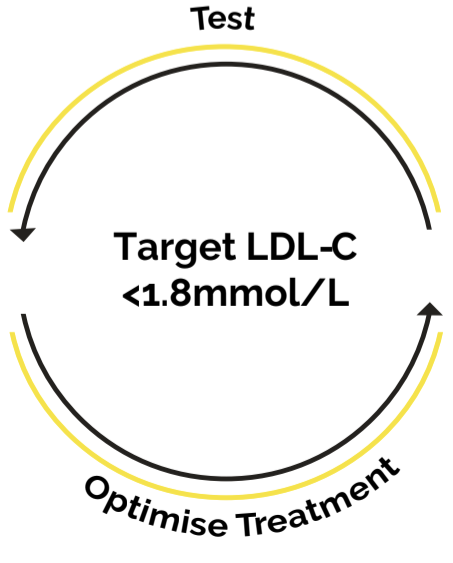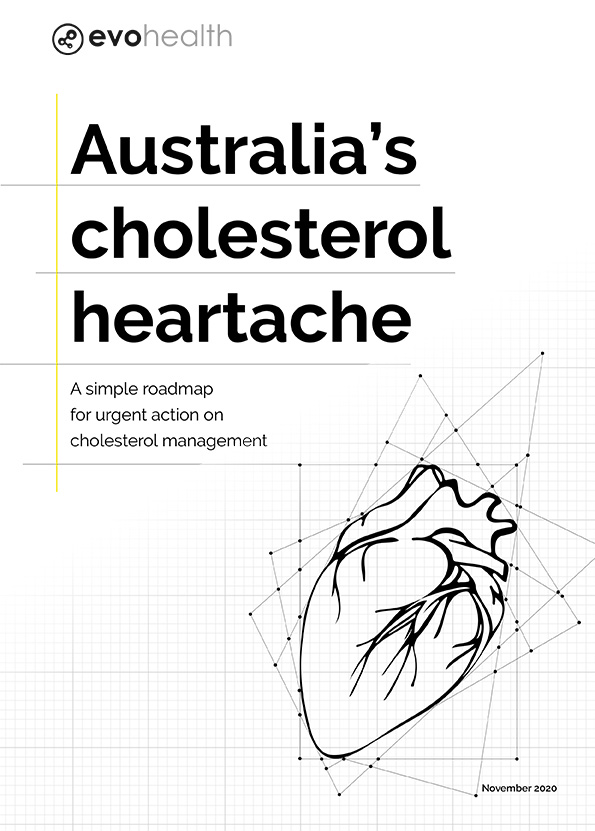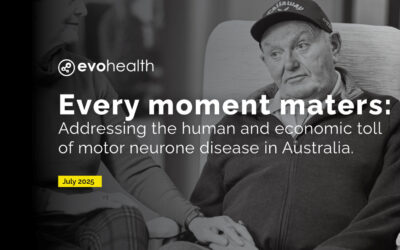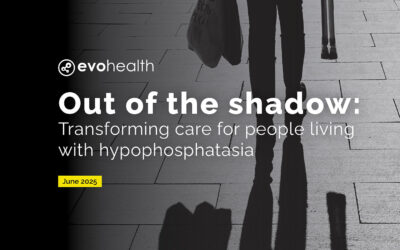Australia’s Cholesterol Heartache A simple roadmap for urgent action on cholesterol management
A simple roadmap for urgent action on cholesterol management
Australia has become cholesterol complacent.
This complacency is putting Australians living with cardiovascular disease (CVD) — our nation’s biggest killer — at risk of another cardiac event or death. Too many Australians continue to lose their lives unnecessarily.
In recent years, there has been significant focus and investment on primary prevention of CVD (prevention of a cardiovascular event such as a heart attack or stroke before it happens). This has been welcomed by Australia’s cardiovascular community. However, few policy interventions or investment have been directed at preventing a subsequent cardiovascular event in high-risk patients (secondary prevention) leaving a significant number of Australians at risk of a further event.
In 2020, data published by the Baker Heart and Diabetes Institute revealed the true impact of under-treated cholesterol in high-risk Australians. The CODE RED: Overturning Australia’s Cholesterol Complacency report (CODE RED) indicated that almost 500,000 Australians have ‘bad cholesterol’ or low-density-lipoprotein cholesterol (LDL-C) higher than the recommended target. These Australians share an unaddressed, but inherently treatable disease burden. It is time we focused on how to reduce this burden and in
doing so save lives. To save the lives of these high-risk patients, we need to focus on modifiable risk factors – cholesterol levels, blood pressure and smoking status.
It’s time to take urgent action on cholesterol.
Together with Australia’s clinical and patient CVD community, this report lays out an actionable policy plan to address the burden of poor LDL-C management.
The road map to better managing cholesterol amongst high-risk Australians is clear, we need to utilise and leverage existing health infrastructure and policies. In doing so, we can save Australians from suffering a further event or worse. Developed together with Australia’s clinical and patient CVD community, this report lays out an actionable policy plan to address the burden of poor LDL-C management.
Test and Treat
At the centre of our road map is an ongoing cycle of test and treat. To be more specific, we need to ensure that each Australian at risk of a secondary CVD event has their LDL-C tested every year and their treatment adjusted relative to the target of <1.8 mmol/L LDL-C. This cycle of ‘test and treat’ frames the policy solutions included in this report.


Renae Beardmore
Managing Director, Evohealth





